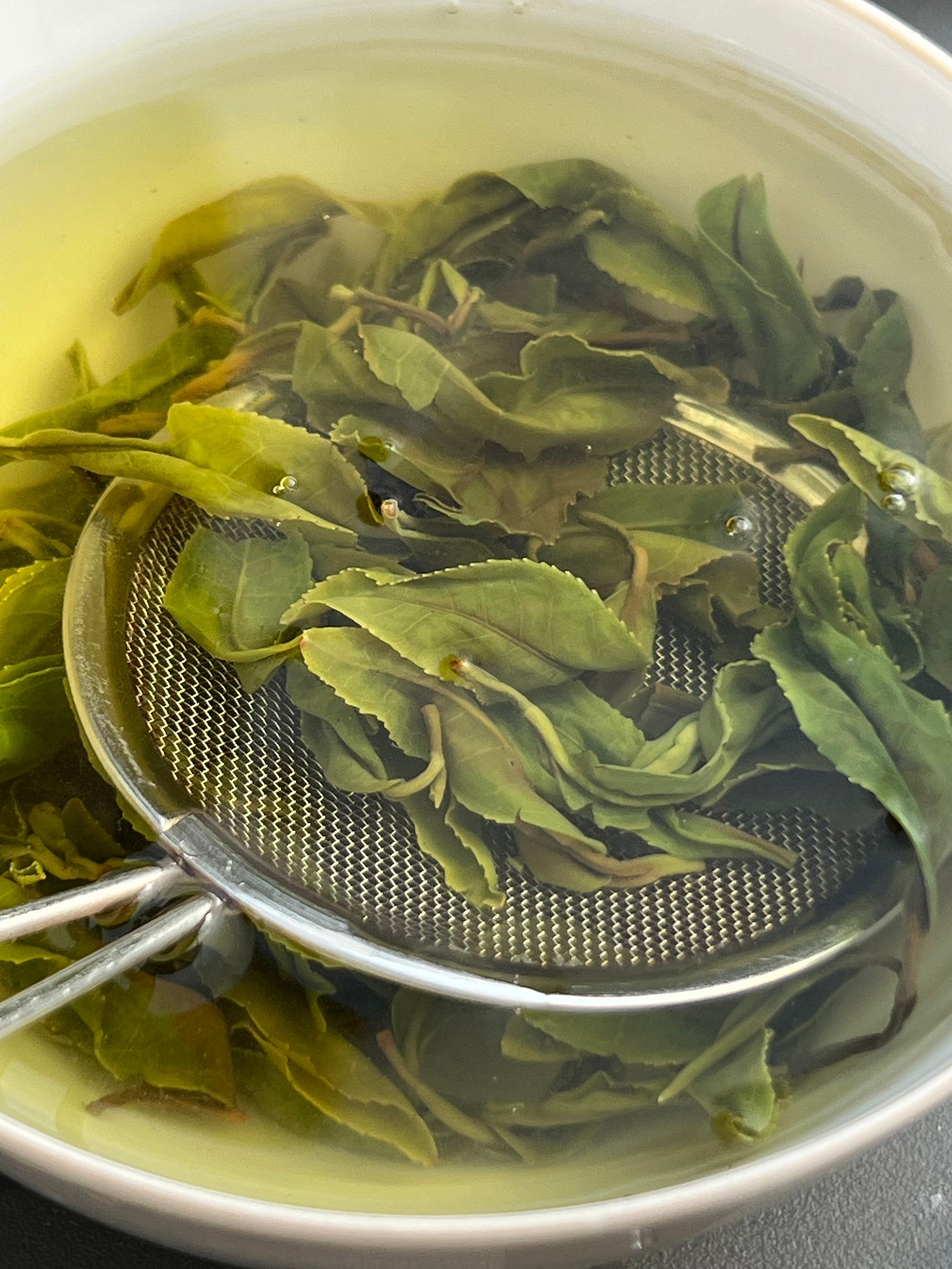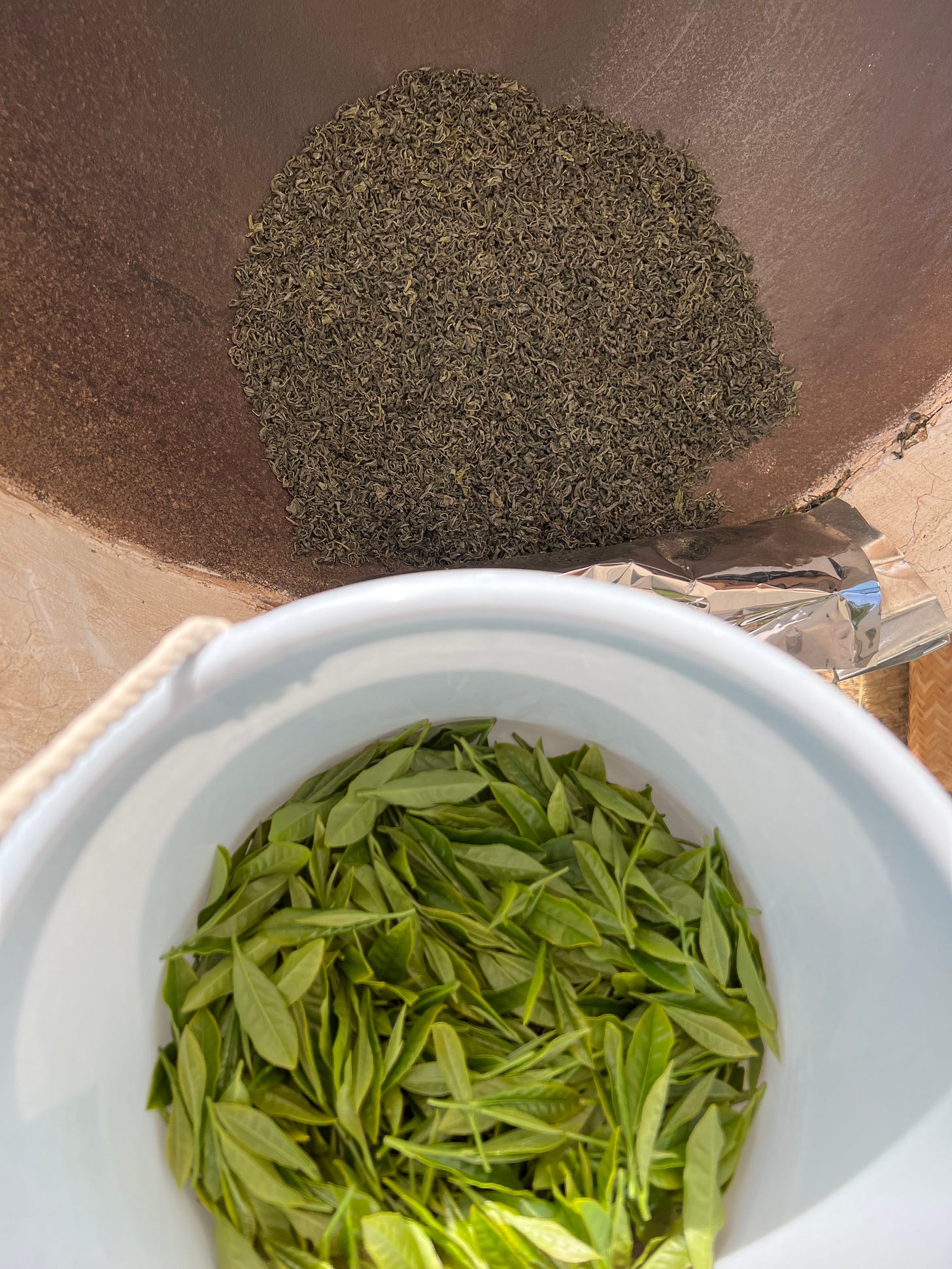Shincha Season Part III: "Chatsumi"
In which I go and pick tea with the homies in Saitama then zip off to Los Angeles to tea evangelize.
I write these words to you from Hotel Normandie in the Koreatown neighborhood of Los Angeles. I’m sipping Satsuki—the third and probably most even of the Yame shincha teas I’ve tried from Hoshinoseichaen this season. The midmorning sun is illuminating the curtains behind me and there is an old book from reader’s digest with the title “Success with words” on the bookshelf above the desk I write on.
I am about to head downtown to make a couple shincha deliveries to my friends at Tea Master and Tea at Shiloh but before that, it’s time for your weekly peek into Tea w/Dweez—and what a special week it has been.
My fingers, I’m surprised to say as I type these words, have no calluses. You see, just a few days ago—on the Friday of Golden Week—I went off to Hanno in Saitama Prefecture to participate in chatsumi—or handpicking of new tea leaves, for the very first time at Naguri Tea Farm.
We were invited by Betana San—proprietor of one of my favorite places to drink tea in Tokyo: A Drop—who recently acquired a small tea farm that had not been harvested for some fifteen years. Like all good tea places, the farm was up a narrow valley road. A river snaked along below. Golden Week campers lined the rivers sides on the lower part of the valley but as we went further up, it became more and more remote.
There were 8 of us total—friends, a restauranteur, a hojicha specialist and pianist among us. We took to the fields for four separate one-hour shifts, doing our best to pick the two leaves + one bud pluck without damaging any of the stems with our fingernails. It’s a mesmerizing experience—all the leaves spread out before you but seeking only the newest, freshest and greenest of the bunch. Spiders and bugs zig-zagged between the leaves and I apologized to them as I picked for taking their juicier hiding places. I have worked a garden in my life with my mother. I had harvested potatoes as a kid and peaches as recently as 2020 but the labor involved with hand-picking tea gave me a renewed sense of how much goes into just that very first part of the tea-making process.
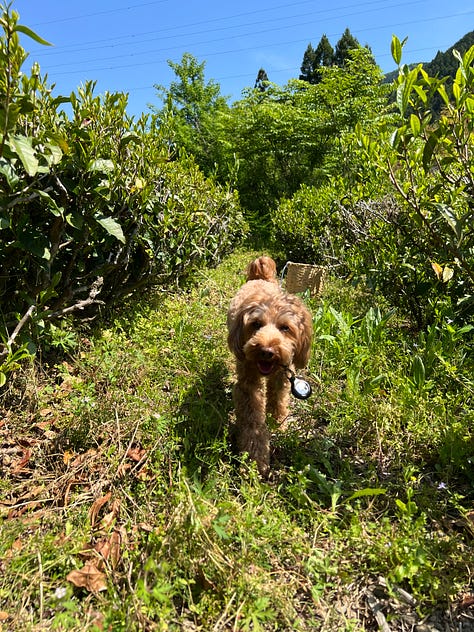
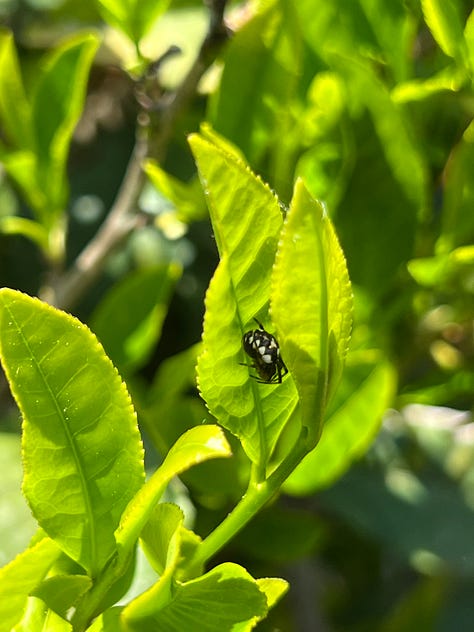
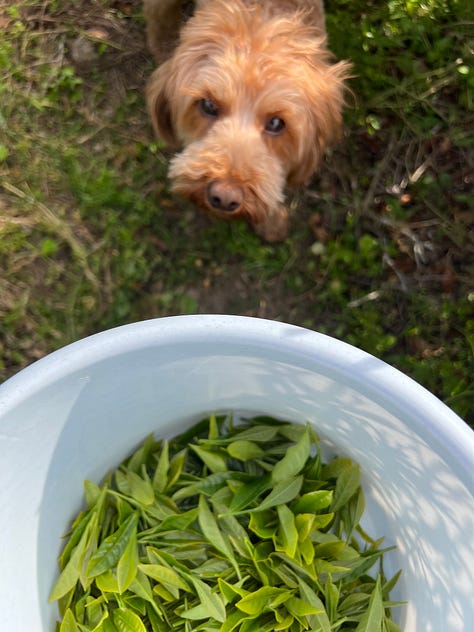
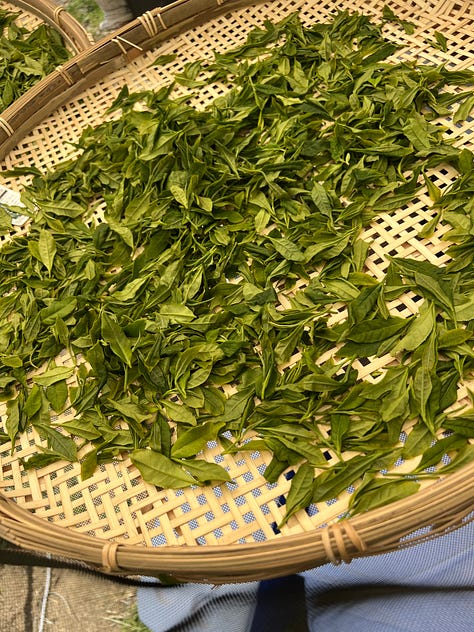
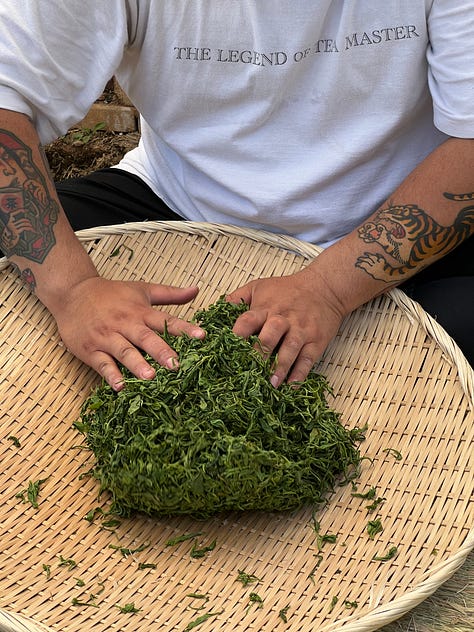
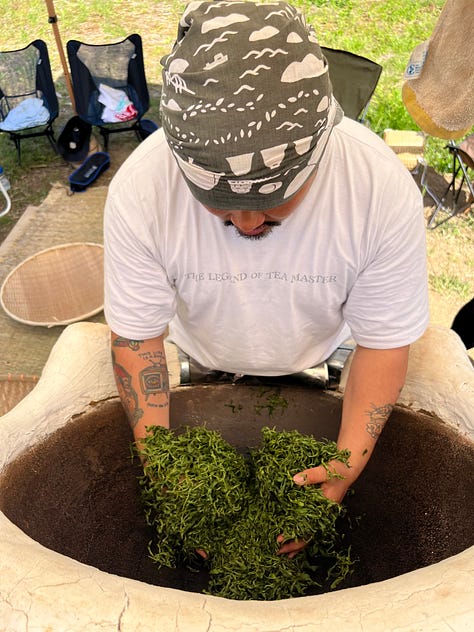
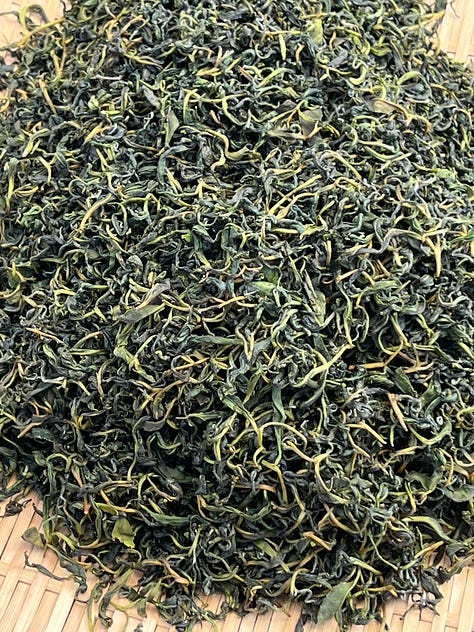
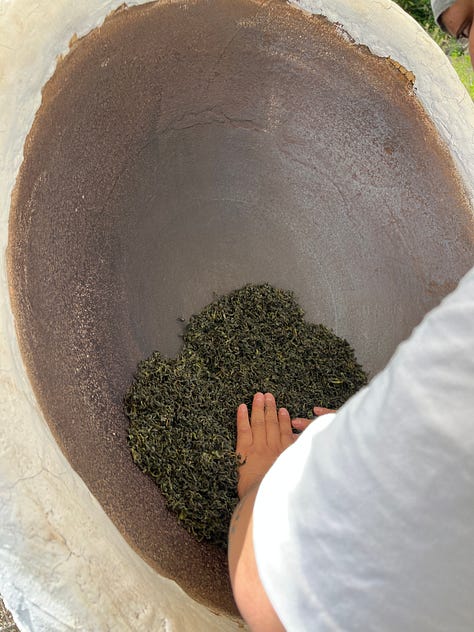
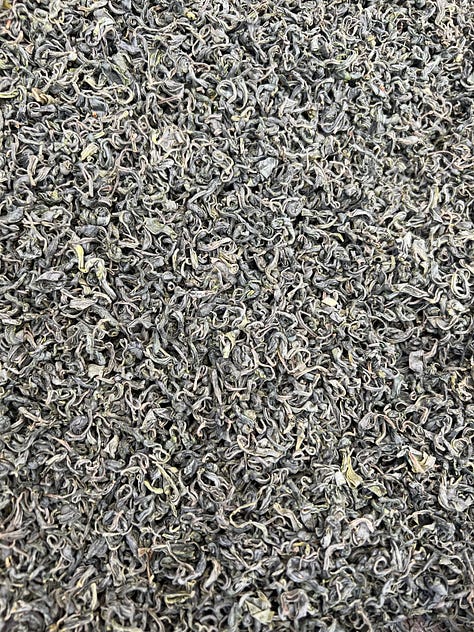
It was exhausting. It was fascinating. It was lovely.
Afterward, we dried the leaves as we went to lunch, then Betana San— who I owe a much longer and more involved post—began to fix the tea in a giant kama—or pan. Although most Japanese green teas are steamed—this is the classic Chinese-invented method for preparing green tea. It is still popular in places like Saga (Ureshino) and Miyazaki (Gokase) where you can find excellent kamairicha (or pan fried green teas) but it has been common since the introduction of tea to Japan to find these kind of pans in country backyards all over where people create their own farmers-style teas as commonly as someone might sundry tomatoes a garden in their backyard (I even found one at my in-law family home in Sasebo, Nagasaki last spring).
We watched Betana San work the pan, we got to take turns ourselves, and we witnessed the leaves we picked earlier become tea before our very eyes. What I cannot transmit through these words and images is how particular the smells changes were: from the spectacular vibrancy of the fresh leaf, to the mellowing of the air-dried leaf, to the changes that take place over the approximately one hour that Betana San spent frying the leaves.
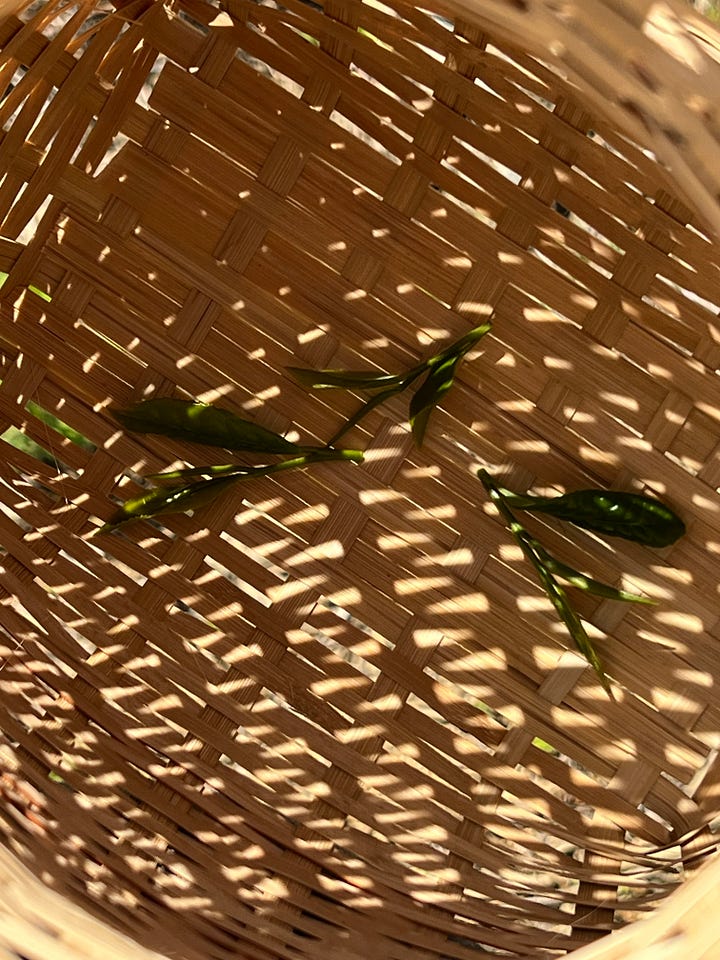
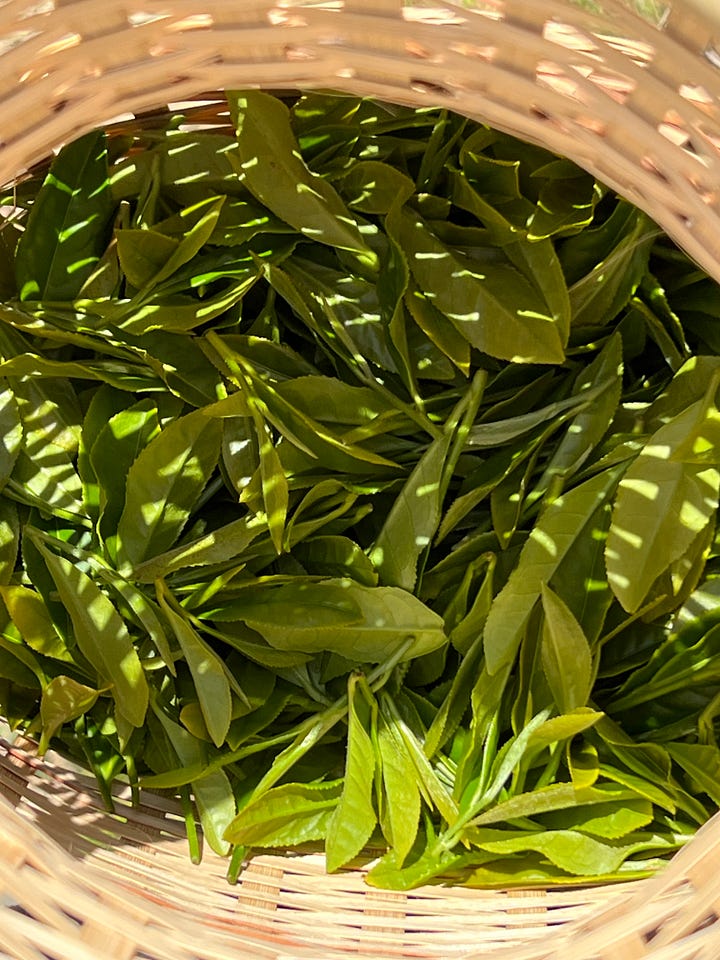
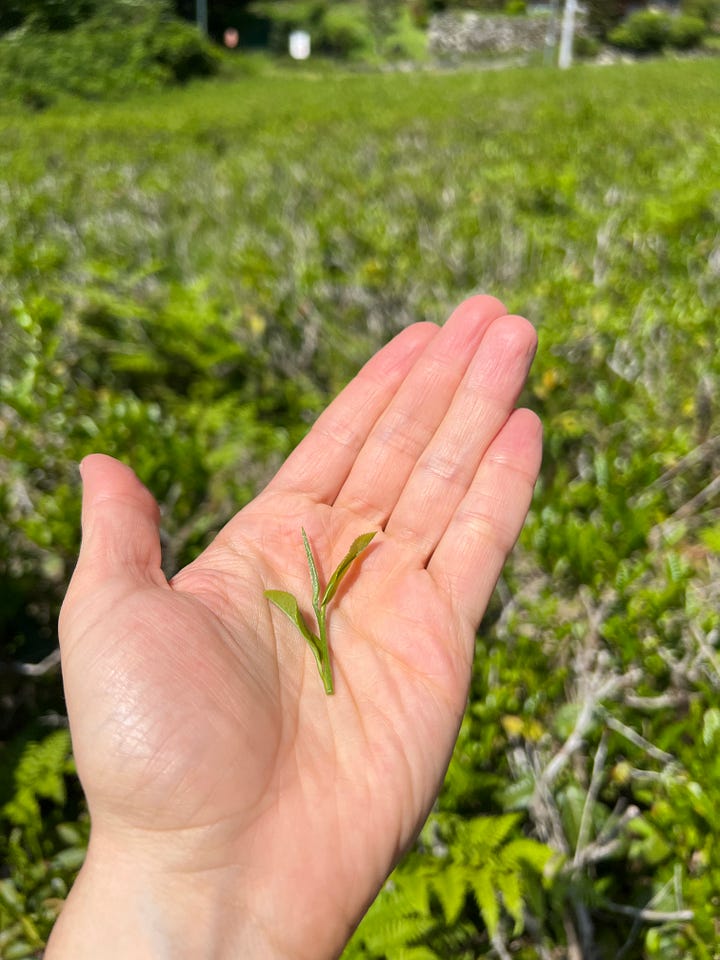
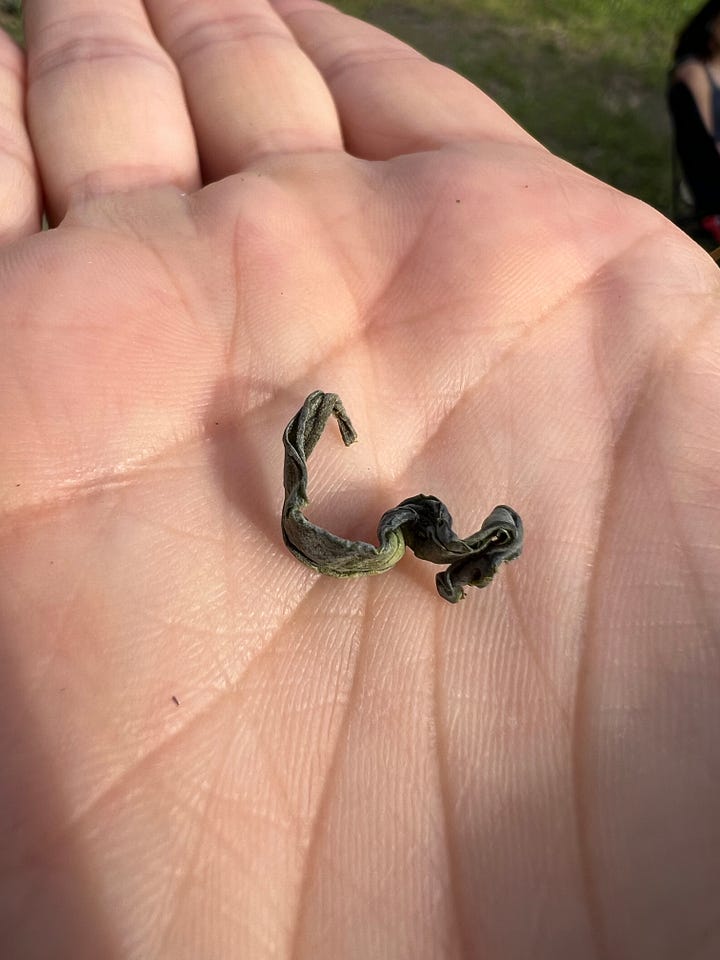
When it was over, we all tried the brew. It didn’t taste exactly like the teas I was used to just yet—and I learned a new term — 青い臭い which means something like ‘fresh stank’. We also tried a batch he created the day before and between the tasting you could get a sense of the depth that the garden could produce in the future. After all, this was only the first flush of this new tea venture for Betana San and he was getting better at the frying process with every batch.
What was most eye-opening to realize was that it took 1 kilogram of tea to make 200 grams of finished tea — which is about 2 packs of the standard size of 100 grams. So by my crude calculation it would take 1 person 4 hours to pick the amount necessary for 100 grams of tea — which typically costs 1000 yen, or about $8. It took 8 of us an hour to pick 2 kilos during our first session of picking (we ended up doing 4). This sort of breakdown helps me better appreciate in a more palpable sense the work that goes into some of the fine teas I enjoy every day, not just from Japan but from around the world.
I don’t remember feeling so tired after anything since, maybe, the last time I went to Coachella and camped—or even Rock The Bells. In that sense, doing chatsumi is not unlike going to an all day tea festival and like many music festivals around the world, I’m one of those people who has only just left and is already talking about what it will be like to go back.




